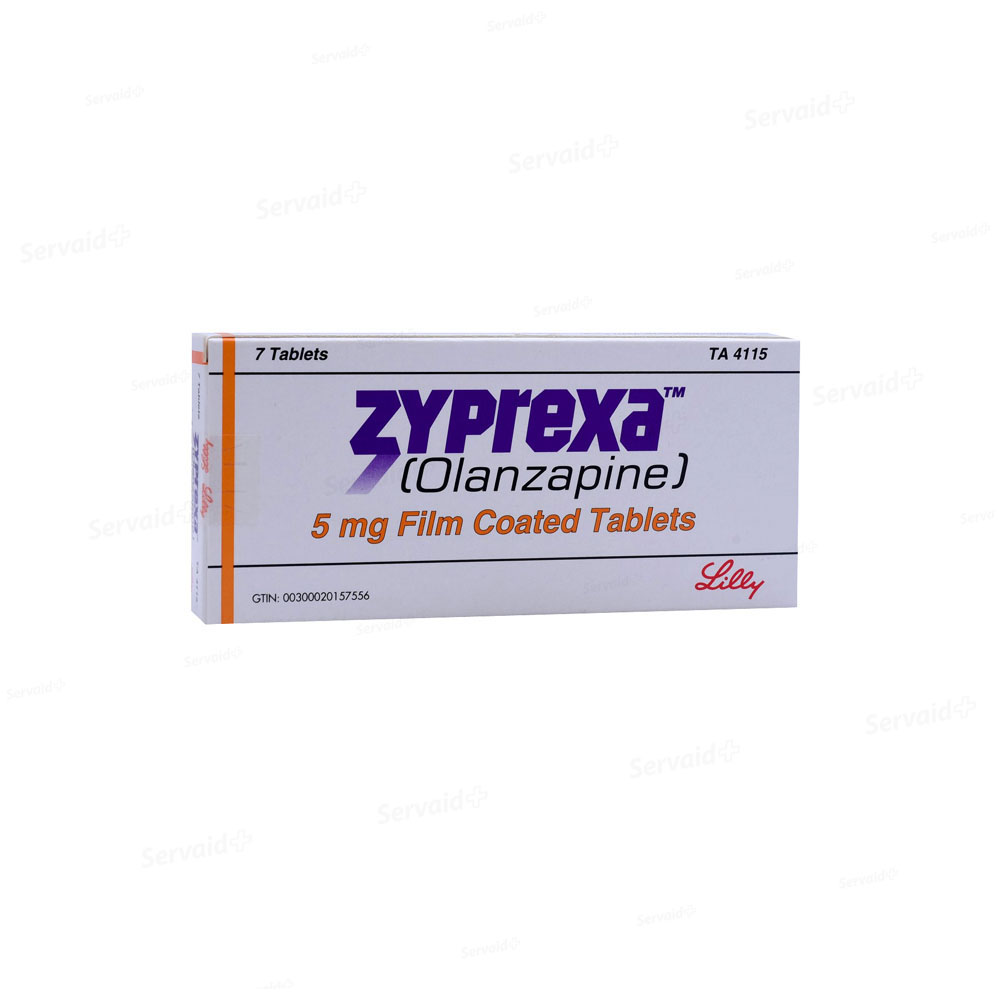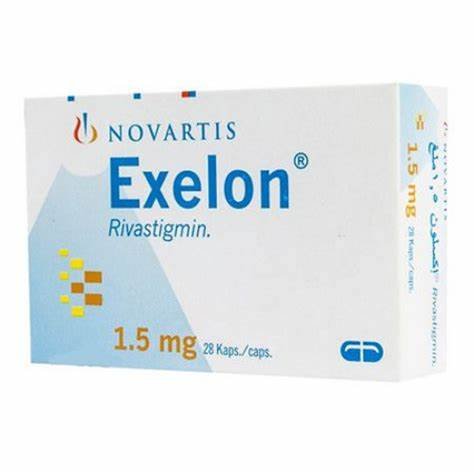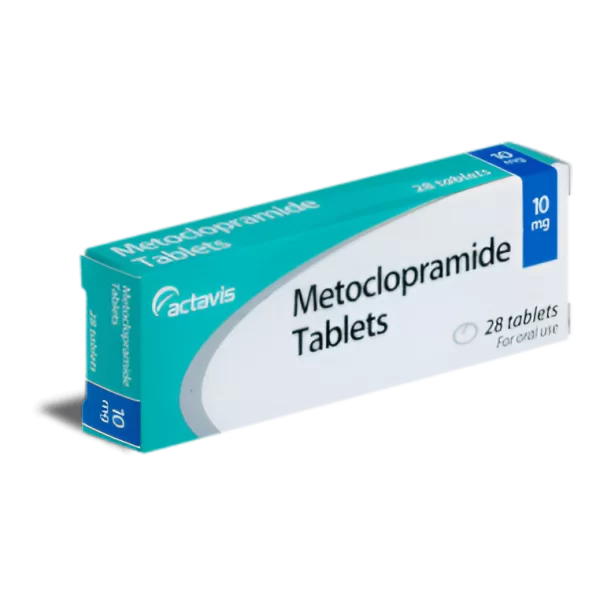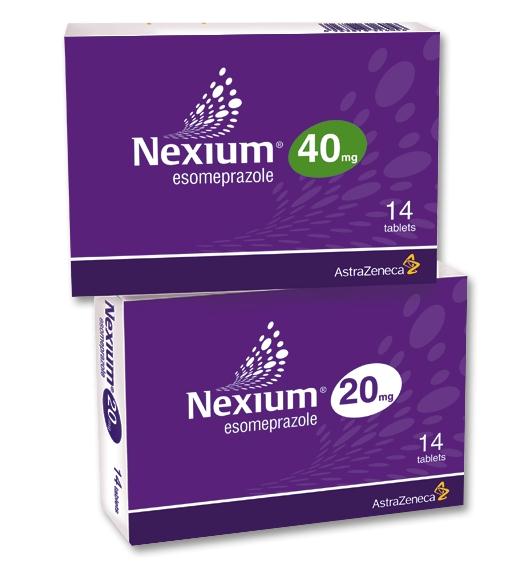
Colchicine
Colchicine - 5mg
Overview
General Introduction Colchicine is a medication used primarily to treat and prevent gout flares and familial Mediterranean fever (FMF). It was initially derived from the autumn crocus (Colchicum autumnale) and has been used for centuries to treat inflammatory conditions. Colchicine works by reducing inflammation and decreasing the build-up of uric acid crystals that cause gout symptoms.
Key Benefits and Unique Properties
- Gout Relief: Provides effective relief from acute gout attacks by reducing inflammation.
- Prevention: Helps prevent future gout flares when taken regularly.
- Familial Mediterranean Fever: Reduces inflammation and prevents attacks in patients with FMF.
- Anti-Inflammatory: Effective in various inflammatory conditions due to its unique mechanism.
- Long History of Use: Well-studied and proven effective over centuries of medical use.
Effectiveness Clinical studies have shown that colchicine is highly effective in reducing the severity and duration of acute gout attacks when administered at the onset of symptoms. It also significantly decreases the frequency of gout flares with long-term use. For FMF, colchicine effectively prevents inflammatory episodes and reduces the risk of complications such as amyloidosis.
Safety and Tolerability Colchicine is generally well-tolerated when used at recommended doses. Common side effects include gastrointestinal disturbances like diarrhea, nausea, and abdominal pain. Serious side effects, such as myopathy and bone marrow suppression, are rare but can occur, especially at higher doses or in patients with renal or hepatic impairment. Regular monitoring and patient education are essential to ensure safe use.
Indications for Use
Diseases and Conditions Treated Colchicine is primarily indicated for the treatment and prevention of gout flares and familial Mediterranean fever (FMF). By reducing inflammation and preventing the build-up of uric acid crystals, colchicine helps manage these conditions and provides symptom relief. It is also sometimes used off-label for other inflammatory conditions such as pericarditis.
Primary Symptoms and Indications
- Gout Symptoms: Effective in reducing pain, swelling, redness, and tenderness associated with acute gout attacks.
- Familial Mediterranean Fever: Reduces inflammation, prevents fever episodes, and decreases the risk of long-term complications such as amyloidosis.
- Off-Label Uses: Sometimes prescribed for pericarditis and other inflammatory conditions due to its anti-inflammatory properties.
Dosage and Administration
Dosage and Intake The recommended dose for acute gout attacks is 1.2 mg at the first sign of an attack, followed by 0.6 mg one hour later. For prophylaxis, the typical dose is 0.6 mg once or twice daily. For FMF, the dose ranges from 1.2 mg to 2.4 mg daily, depending on patient response and tolerability. Colchicine should be taken with a full glass of water, and the dosage may need adjustment in patients with renal or hepatic impairment.
Timing and Frequency
- Acute Gout: Take at the first sign of an attack, with the second dose one hour later.
- Chronic Prevention: Take daily at the same time each day to maintain consistent blood levels and prevent flares.
- FMF: Daily dosing as prescribed by a healthcare provider.
Additional Recommendations
- Hydration: Maintain adequate hydration to help reduce the risk of side effects and support kidney function.
- Missed Dose: If a dose is missed, take it as soon as remembered unless it is almost time for the next dose. Do not double the dose to make up for the missed one.
Mechanism of Action
Description of Mechanism Colchicine works by inhibiting microtubule polymerization, which interferes with the function of neutrophils and other inflammatory cells. This reduces the inflammatory response to urate crystals in gout and decreases the overall inflammatory process in FMF.
Biochemical Processes The primary action of colchicine involves binding to tubulin, a protein that forms microtubules. By preventing microtubule assembly, colchicine disrupts various cellular processes, including cell division, intracellular transport, and the activation and migration of inflammatory cells. This biochemical action helps reduce inflammation and mitigate the symptoms of gout and FMF.
Physiological Effects
- Organ and System Functions: Reduces the migration and activity of neutrophils at sites of inflammation, leading to decreased pain and swelling in gout and FMF.
- Therapeutic Effects: Provides rapid relief from acute gout symptoms and prevents recurrent attacks. For FMF, it reduces the frequency and severity of inflammatory episodes, improving the quality of life.
Composition
Active Ingredients The active ingredient in colchicine tablets is colchicine, a naturally occurring alkaloid with potent anti-inflammatory properties.
Inactive Ingredients Inactive ingredients may include lactose monohydrate, microcrystalline cellulose, magnesium stearate, and other excipients that stabilize the formulation and ensure proper absorption and efficacy of the medication.
Side Effects
General Introduction Understanding potential side effects is crucial for the safe use of colchicine. Patients should be aware of both common and serious side effects to monitor their health effectively while on the medication.
Possible Side Effects
- Common Side Effects: Diarrhea, nausea, vomiting, and abdominal pain are commonly reported. These side effects are usually mild and transient.
- Less Common Side Effects: Some patients may experience headache, muscle pain, or rash.
- Serious Side Effects: Rare but serious side effects include myopathy, bone marrow suppression, and severe gastrointestinal symptoms. Immediate medical attention is required if any serious side effects occur.
Frequency and Severity Common side effects are generally mild and do not significantly interfere with daily activities. Severe side effects are rare but can be serious, necessitating immediate medical intervention. Regular follow-ups and patient education on correct usage can minimize risks.
Prevention of Side Effects
General Introduction Preventing side effects is key to maximizing the therapeutic benefits of colchicine. By following preventive measures, patients can reduce the likelihood of experiencing adverse reactions.
Tips for Prevention
- Follow Dosage Instructions: Use colchicine as directed to avoid excessive use, which can lead to adverse effects like severe gastrointestinal symptoms.
- Stay Hydrated: Adequate hydration can help reduce the risk of gastrointestinal side effects.
- Consult Healthcare Providers: Regular consultations can help manage and prevent adverse reactions. Inform your healthcare provider about any other medications or supplements to avoid potential interactions.
Contraindications
General Introduction Understanding contraindications ensures the safe use of colchicine. Certain conditions and diseases may preclude the use of this medication.
Conditions and Diseases
- Severe Renal or Hepatic Impairment: Colchicine is contraindicated in patients with severe renal or hepatic impairment due to the risk of accumulation and increased side effects.
- Hypersensitivity: Patients with a known hypersensitivity to colchicine or any of its components should not use this medication. Allergic reactions can include symptoms such as rash, itching, swelling, and difficulty breathing.
Warnings/Precautions
General Introduction Following precautions is essential to ensure the safe and effective use of colchicine. Patients should be informed about potential risks and how to mitigate them.
Important Warnings
- Gastrointestinal Symptoms: Colchicine can cause severe gastrointestinal symptoms, including diarrhea and abdominal pain. Patients should report any severe or persistent symptoms to their healthcare provider.
- Drug Interactions: Colchicine can interact with other medications, including certain antibiotics and statins, increasing the risk of severe side effects. Patients should inform their healthcare provider about all medications they are taking.
Precautions
- Regular Monitoring: Regular check-ups with healthcare providers are essential to monitor for potential side effects, especially in patients with renal or hepatic impairment.
- Patient Education: Patients should be educated on the proper use of colchicine, recognizing signs of serious side effects, and when to seek medical help.
Missed Dose
General Introduction Proper management of missed doses helps maintain effective symptom control. Patients should be aware of how to handle missed doses to avoid disruptions in their treatment regimen.
What to Do If a Dose Is Missed If a dose is missed, it should be taken as soon as remembered unless it is almost time for the next dose. In such cases, the missed dose should be skipped, and the patient should continue with the regular dosing schedule. It is important not to double the dose to make up for the missed one, as this can increase the risk of side effects.
Tips for Adherence
- Reminders: Use alarms or medication organizers to help remember to take colchicine as prescribed.
- Routine: Take the medication at the same time each day to develop a routine and reduce the chances of missing a dose.
Drug Interaction
General Introduction Understanding potential drug interactions helps in avoiding adverse effects and ensuring the effectiveness of colchicine. Patients should be aware of common interactions and how to manage them.
Examples of Interactions
- CYP3A4 Inhibitors: Medications that inhibit CYP3A4 (e.g., clarithromycin, ketoconazole) can increase colchicine levels, leading to an increased risk of toxicity.
- P-glycoprotein Inhibitors: Drugs like cyclosporine and verapamil can also increase colchicine levels and the risk of serious side effects.
How to Avoid Negative Interactions
- Medication Review: Regularly review all medications with healthcare providers to identify and manage potential interactions before they cause adverse effects.
- Inform Healthcare Providers: Always inform healthcare providers of all medications being taken, including over-the-counter drugs and supplements, to ensure safe and effective use of colchicine.
Overdose
Symptoms of Overdose Overdosing on colchicine can lead to symptoms such as severe gastrointestinal distress (vomiting, diarrhea), muscle weakness, numbness or tingling in the fingers or toes, and severe fatigue. In extreme cases, overdose can cause multiple organ failure and death. Immediate medical attention is necessary if an overdose is suspected to prevent serious complications and ensure prompt treatment.
Actions to Take in Case of Overdose
- Immediate Measures: Seek emergency medical attention or call a poison control center immediately if an overdose is suspected. It is important to provide healthcare professionals with information about the amount of medication taken and the time of ingestion.
- First Aid: While waiting for medical help, provide supportive care to the affected individual. This includes maintaining an open airway, monitoring vital signs, and keeping the person comfortable. Do not induce vomiting unless instructed by a healthcare professional. In a medical setting, treatments may include gastric lavage, activated charcoal administration, and symptomatic management to address specific overdose symptoms.
Pharmacokinetics
Absorption Colchicine is rapidly absorbed following oral administration, with peak plasma concentrations occurring within 0.5 to 2 hours. The bioavailability is approximately 45%, and food can delay absorption but does not significantly affect the overall extent of absorption. The rapid absorption characteristics contribute to its prompt therapeutic effects in acute gout attacks.
Distribution Once absorbed, colchicine is widely distributed throughout the body, with a volume of distribution of approximately 5 to 8 L/kg. It is highly bound to plasma proteins, which facilitates its transport to the target tissues. The medication’s distribution characteristics ensure that it reaches the sites of action quickly and effectively, providing prompt relief from inflammatory symptoms.
Metabolism Colchicine is extensively metabolized in the liver by cytochrome P450 enzymes, primarily CYP3A4. It undergoes extensive first-pass metabolism, resulting in the formation of inactive metabolites. The metabolism of colchicine ensures that it is effectively cleared from the body, preventing accumulation and potential toxicity.
Elimination The metabolites of colchicine are primarily excreted via the urine, with approximately 10-20% of the dose excreted unchanged in the feces. The elimination half-life is approximately 26 to 31 hours, supporting once or twice-daily dosing for chronic conditions. This elimination profile ensures consistent therapeutic effects and minimal risk of accumulation with regular use.
Dosage Forms
Available Forms and Dosages Colchicine is available in tablet form, typically at doses of 0.6 mg. This single dosage form provides simplicity and consistency in administration, ensuring that patients receive the same effective dose with each intake. The tablet is designed to deliver the medication effectively and safely, making it easy for patients to adhere to their treatment regimen.
Advantages of Each Form
- Tablets: Convenient and easy to administer, suitable for both acute and chronic use. The consistent dosing provided by the tablet form helps maintain stable blood levels of the medication, optimizing its therapeutic effects and minimizing side effects. The tablet is formulated to ensure proper absorption and efficacy, providing reliable symptom relief for patients with gout and FMF.
Pregnancy and Breastfeeding
Safety of Use The safety of colchicine during pregnancy and breastfeeding has not been fully established. Animal studies have shown some adverse effects on the fetus, but there are no adequate and well-controlled studies in pregnant women. The medication should be used during pregnancy only if the potential benefits justify the potential risks to the fetus. Healthcare providers should carefully evaluate the risks and benefits before prescribing colchicine to pregnant women.
Recommendations for Pregnant and Nursing Mothers
- Pregnancy: Use colchicine with caution during pregnancy, particularly in the first trimester. Pregnant women should consult their healthcare provider before starting or continuing this medication. Comprehensive risk-benefit analysis is essential to ensure the safety of both mother and child.
- Breastfeeding: It is not known whether colchicine is excreted in human milk. Due to the potential for serious adverse reactions in nursing infants, a decision should be made whether to discontinue nursing or discontinue the drug, taking into account the importance of the drug to the mother. Nursing mothers should consult their healthcare provider to weigh the benefits and risks.
- Consultation: Pregnant and nursing mothers should have regular consultations with their healthcare provider to monitor their condition and the health of their baby. Adjustments to the treatment plan may be necessary based on the mother’s and baby’s health status.
Storage Conditions
Storage Recommendations Colchicine should be stored at room temperature between 20°C to 25°C (68°F to 77°F). The medication should be kept in its original container, tightly closed, and out of reach of children. Protecting the medication from light and moisture helps maintain its stability and effectiveness. These storage conditions ensure that the medication retains its potency throughout its shelf life, providing consistent therapeutic effects.
Temperature and Other Conditions
- Temperature: Avoid storing colchicine in extreme temperatures (above 30°C or below 15°C). High temperatures can degrade the active ingredient, while low temperatures can affect the tablet’s integrity.
- Moisture Protection: Keep the medication away from high humidity environments such as bathrooms. Exposure to moisture can cause the tablets to break down or lose potency.
- Shelf Life: Check the expiration date on the packaging and do not use the medication past this date. Proper adherence to storage guidelines ensures the medication remains effective throughout its shelf life. If the medication shows any signs of deterioration, such as changes in color or texture, it should be discarded.
Clinical Trials and Efficacy
Overview of Clinical Trials Colchicine has been evaluated in numerous clinical trials to assess its efficacy and safety in treating gout and familial Mediterranean fever (FMF). These studies typically involve large patient populations with various demographics and conditions. The trials are designed to measure improvements in symptoms, frequency of attacks, and overall quality of life. The results consistently demonstrate the medication’s ability to provide significant relief from inflammatory symptoms, supporting its use in clinical practice.
Key Findings and Conclusions
- Efficacy: Clinical trials consistently show that colchicine significantly reduces the severity and duration of acute gout attacks and decreases the frequency of gout flares with long-term use. For FMF, colchicine effectively prevents inflammatory episodes and reduces the risk of complications such as amyloidosis. These findings highlight the medication’s effectiveness in managing these conditions and enhancing patients’ quality of life.
- Safety: The safety profile of colchicine is well-documented, with a low incidence of severe side effects when used as directed. Long-term studies confirm its tolerability and continued effectiveness over extended periods. Patients generally experience minimal side effects, making it a reliable and safe treatment option for chronic inflammatory conditions.
- Comparison: Colchicine’s efficacy is comparable to other anti-inflammatory medications and superior to placebo. It provides an effective alternative or adjunctive therapy for patients who need additional control of their inflammatory symptoms. This makes it a valuable option in the management of gout and familial Mediterranean fever.
Conclusion
Summary of Key Points Colchicine is an effective and well-tolerated medication for managing gout and familial Mediterranean fever (FMF). Its mechanism of action involves inhibiting microtubule polymerization, reducing inflammation and preventing the build-up of uric acid crystals. Clinical trials have demonstrated its ability to provide significant relief from inflammatory symptoms, reduce the frequency of gout flares, and prevent FMF attacks. The medication is available in a convenient tablet form, making it easy for patients to adhere to their treatment regimen.
Primary Benefits and General Recommendations Colchicine offers several advantages, including its rapid onset of action, effective relief from inflammatory symptoms, and proven efficacy in treating gout and FMF. It is effective in reducing the severity and duration of acute gout attacks and preventing recurrent flares. For FMF, it reduces inflammation and prevents long-term complications. Patients and healthcare providers should consider colchicine for comprehensive management of gout and familial Mediterranean fever. Regular monitoring and adherence to prescribed dosages enhance its safety and efficacy. For optimal results, patients should follow their healthcare provider’s instructions and maintain open communication about their treatment progress.




